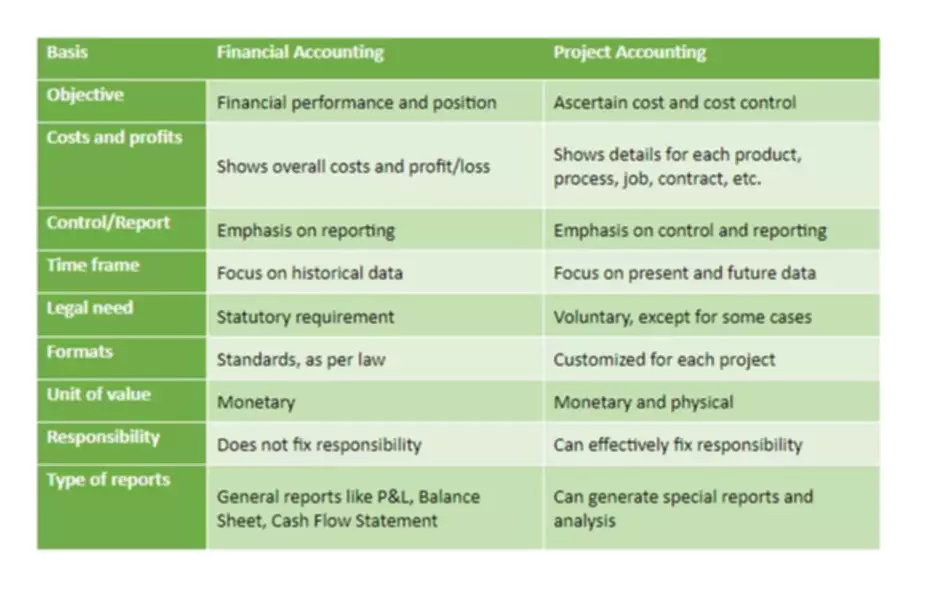Content

An intangible asset can’t be touched—but it can still be bought or sold. Examples include a patent, copyright, or other intellectual property. Over time, as the circuits stress and the system gets populated with additional memory to parse the computer becomes slower. With the addition of rapidly improving technology and software older computers struggle to keep up with the increasing memory and processing requirements. It becomes less useful and depreciates in value each year, until it becomes essentially useless. Depreciation Expensemeans, with respect to any period, the collective depreciation, depletion and amortization expense of the Borrower for such period, determined on a Consolidated basis. Thus, Jim records a $1,000 expense for each year of the machine’s useful life until all of the costs are allocated.

The earlier you can start planning for that purchase — perhaps by setting aside cash each month in a business savings account — the easier it will be to replace the equipment when the time comes. Find out what your annual and monthly depreciation expenses should be using the simplest straight-line method, as well as the three other methods, in the calculator below. Accounting entry – DEBITdepreciation expense account and CREDITaccumulated depreciation account. As we already know the purpose of depreciation is to match the cost of the fixed asset over its productive life to the revenues the business earns from the asset.
Straight-Line vs. Accelerated Depreciation
For example, consider a manufacturing company that purchases a machine for $1 million, and it expects the machine will be able to produce widgets for the next 10 years . Assuming the company pays for the machine in all cash, that $1 million in cash is now out the door, no matter what. The Depreciation Schedule is used to track the accumulated loss and remaining value of a fixed asset based on its useful life assumption. Find the method that makes sense for your business’s assets and make sure you are taking full advantage of this tax break. Section 197 intangibles—such as goodwill, existing workforce, business books and records, operating systems, patents, copyrights, licenses, or permits—must be amortized instead. Intangible properties can be depreciated if they meet specific requirements.
- The annual depreciation using the straight-line method is calculated by dividing the depreciable amount by the total number of years.
- There are various depreciation methodologies, but the most common type is called “straight-line” depreciation.
- The accounting policies for this kind of assets would be over four years or 25%.
- You’ll need to understand how depreciation impacts your financial statements.
As a result, a statement of cash flows prepared under the indirect method will add back the depreciation expense that had been deducted on the income statement. Depreciation is often what people talk about when they refer to accounting depreciation. This is the process of allocating an asset’s cost over the course of its useful life in order to align its expenses with revenue generation. The annual depreciation expense definition depreciation using the straight-line method is calculated by dividing the depreciable amount by the total number of years. Accumulated depreciation is recorded in a contra asset account, meaning it has a credit balance, which reduces the gross amount of the fixed asset. Accumulated depreciation is the total amount of depreciation expense recorded for an asset on a company’s balance sheet.
Accumulated depreciation
United States rules require a mid-quarter convention for per property if more than 40% of the acquisitions for the year are https://www.bookstime.com/ in the final quarter. To calculate composite depreciation rate, divide depreciation per year by total historical cost.